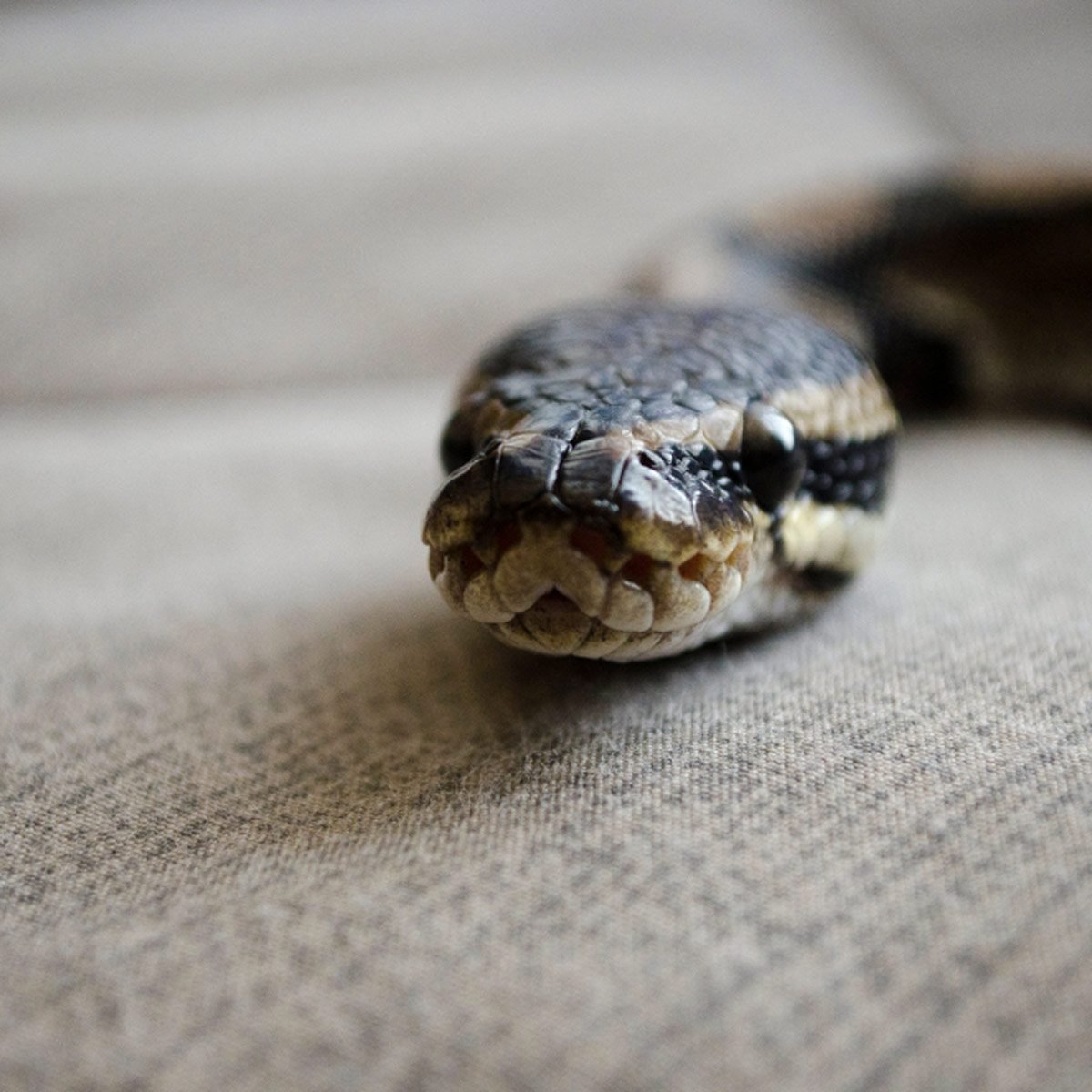5 Terrifying Ways Snakes Invade Your Home

How Snakes Can Enter Your Home
Snakes are known for their ability to navigate through tight spaces, and they often find their way into homes in search of food, shelter, or a place to lay eggs. Understanding how they get inside can help you take the necessary steps to prevent them from entering your living space.
Entry Through Cracks and Gaps Around Doors
One of the most common ways snakes enter homes is through cracks and gaps around doors. This includes the space between the garage and the garage door. Even small openings can provide an easy path for snakes to move indoors. These spaces are particularly appealing because they offer access to potential prey such as mice or rats, or a safe area to lay eggs.
Gaps Between Brick and Siding
Snakes can also slip through gaps between bricks if the mortar is missing or between the siding and the brick on the exterior of a home. These areas should be inspected regularly and repaired to prevent both moisture damage and unwanted snake entry. Similarly, any gaps between siding and stone veneers or other materials should be addressed to maintain a secure barrier.
Inside Large Plants
Large potted plants can serve as hiding spots for snakes. There have been instances where homeowners discovered snakes inside the soil of a newly purchased plant. If you bring large potted plants inside during colder months, it’s wise to check the dirt before moving them into your home. This simple precaution can help avoid unexpected encounters with these creatures.
Enticed by Prey in the Attic
Snakes often climb into attics in search of rodents. This issue is so common that pest removal services frequently encounter it. To reduce the likelihood of this happening, it's important to eliminate any potential food sources and seal off all possible entry points.
Snakes in the Toilet
While it may sound like an urban legend, snakes have been known to end up in toilets. They typically enter from the top of the bowl rather than through the plumbing system. This situation is rare but not impossible, especially if there are nearby water sources or pipes that could serve as an entrance.
Frequently Asked Questions About Snakes in Homes
Why Do Snakes Come Into Houses?
Snakes usually enter homes looking for food, shelter, or favorable temperatures. If there are rodents present, they are more likely to be attracted to the area. Snakes are also drawn to damp, dark spaces such as basements or crawlspaces.
When Are Snakes Most Likely to Enter Homes?
According to Nicole Carpenter, president of Black Pest Prevention, snakes are most active in spring when they are waking up hungry and in fall when they seek warm places to hibernate. During winter, they tend to stay hidden, and in summer, they are more comfortable outside, reducing the chances of them entering homes.
How Can I Protect My Home From Snakes?
Carpenter suggests making your yard less attractive to snakes by removing potential hiding spots and food sources. Sealing gaps under doors, around the foundation, pipes, vents, and crawl spaces can also help prevent snakes from entering. Using door sweeps, weatherstripping, and hardware cloth for vents and crawl spaces are effective measures.
How Can I Tell If There’s a Snake in My House?
Besides spotting a snake directly, signs such as shed skins, slither tracks in dusty areas, unusual pet behavior, strange odors, or rustling sounds can indicate a snake's presence. These clues should prompt further investigation.
What Are the Most Common Entry Points for Snakes?
The most common entry points include under exterior doors, garage doors, and gaps around pipes, utility lines, attic vents, and roof edges. Snakes are highly flexible and can squeeze through even the smallest openings.
What Mistakes Do Homeowners Make That Attract Snakes?
Poor maintenance of the surrounding area is a major factor. Overgrown grass, thick bushes, and clutter create ideal hiding spots for snakes. Additionally, certain landscaping features like decorative stone walls or stacked firewood can unintentionally attract them. Being aware of these factors can help prevent unwanted visitors.
Nicole Carpenter, president of Black Pest Prevention, has been working in the pest control industry since high school. Her company provides pest control services in Charlotte and serves both North and South Carolina.
Post a Comment